
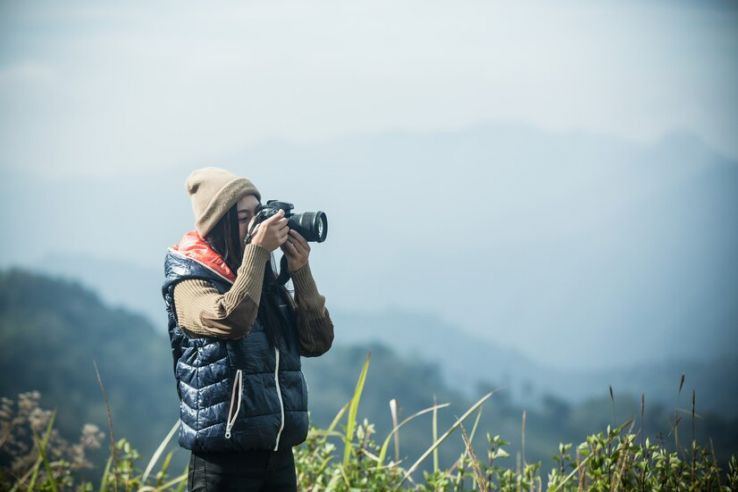
When you are an absolute novice in travel photography, mistakes are part of learning. Starting something new comes with a long learning curve. However, if the research and basics are right and you are all ears to pro photographers' advice, you might find it a little easy. Mastering travel photography will require you to learn numerous technicalities, but now, let’s focus on travel photography tips for beginners.
1. Turn on the Burst Mode
Burst mode, or continuous shooting mode, enables you to click numerous shots with one click. This is helpful for action shots such as flying birds or jumping kangaroos. Newbies can take numerous photos to capture some good ones eventually.
2. Get Your Hands on a Tripod
Tripods can be handy, mainly for travel photography. It is hard to articulate your view to someone else so that a tripod can rescue you from trouble. Furthermore, it is excellent for night photography since you must hold still for several seconds or minutes to avoid blur.
3. Master the Art of Post Processing
If you are serious about photography, you must learn post-processing. Digital help and exceptional editing software are necessary no matter how good you become. The interface and navigation will help beginners quickly learn the basics of post-processing and other professional tools.
4. Take Advantage Wwhen the Sun is Out
Sunlight is the friend of any photographer, as it makes everything look more appealing. However, shooting around noon may not be a good idea for freshers with the camera because there will be unappealing shadows and harsh lighting. Shooting just after sunrise and right before sunset can help you click on some fantastic images. The light is pleasant; in the early morning, the locations are empty, and there will be a lot of time to take the perfect shot.
5. Know the Rule of Thirds
This rule is vital for a photographer to master. Divide the shot into nine equal squares and place the most crucial objects along the lines of the central square. If you put them right in the centre of the composition, your images may look dull. If one is familiar with this rule, it will help capture some striking shots. Play around with it and try to learn something new to avoid monotony.
6. Keep an Eye on Details
Most of the shutterbugs look at the bigger picture and overlook the minute details. Rather than trying to fit the entire object in the image by stepping back, look for the details. Focus on the detailing, such as the sophisticated carvings and sculptures. The shot taken will be unique, and that too from an original perspective.
7. Capture Movements
Capturing moving objects poses more challenges than shooting a still object. The movements of the objects reveal their true essence, whether flying birds, kids playing in the park, or fishermen throwing a net. Take photos of moving objects in a city, such as people walking or running. Capture the city's daily life and dynamic nightlife. The best tip for a moving shot is to select a longer shutter speed.
8. Use Clouds and Rain to Your Advantage
Getting some natural pictures in the rain or when a cloud is over your head is possible. Clouds make the sunlight softer, perfect for some fantastic shots, even at noon. Also, zoom in on raindrops, shoot people with colourful umbrellas and take photos of puddles.
9. Shoot People and Yourself
This may seem out of the comfort zone for a newbie. Approaching people for clicking a picture of them might be intimidating, but upon getting into the groove, one will realise there is nothing scary about it. If alone, set up the tripod and get a shot of yourself. For instance, when on mountains, step on a rock to determine the power of nature and make the photo more impressive.
10. Explore Your Camera
Explore manual settings to understand their potential and limitations—ask seasoned campaigners for more information about your partner in crime in photography. Modern cameras can take great shots with automatic settings; mastering the manual mode will add a new dimension to the photos. Also, learning professional settings will help a beginner to choose the correct gear and unpack the differences between the models to reach the desired goals.
Recommended For You
-
 Best Places to Stay During Kumbh 2025: From Tents to Luxury Hotels
Best Places to Stay During Kumbh 2025: From Tents to Luxury Hotels
-
 The Ultimate Guide to Maha Kumbh Mela 2025 at Prayagraj
The Ultimate Guide to Maha Kumbh Mela 2025 at Prayagraj
-
 Understanding the Importance of the Sangam: The Confluence of Faith
Understanding the Importance of the Sangam: The Confluence of Faith
-
 The History and Mythology of Kumbh Mela: A Journey Through Time
The History and Mythology of Kumbh Mela: A Journey Through Time
-
 Best Places to Eat in Goa: Indulge in a Culinary Delight
Best Places to Eat in Goa: Indulge in a Culinary Delight
-
 The Future of Drone Tourism: How Drones are Changing the Travel Industry
The Future of Drone Tourism: How Drones are Changing the Travel Industry
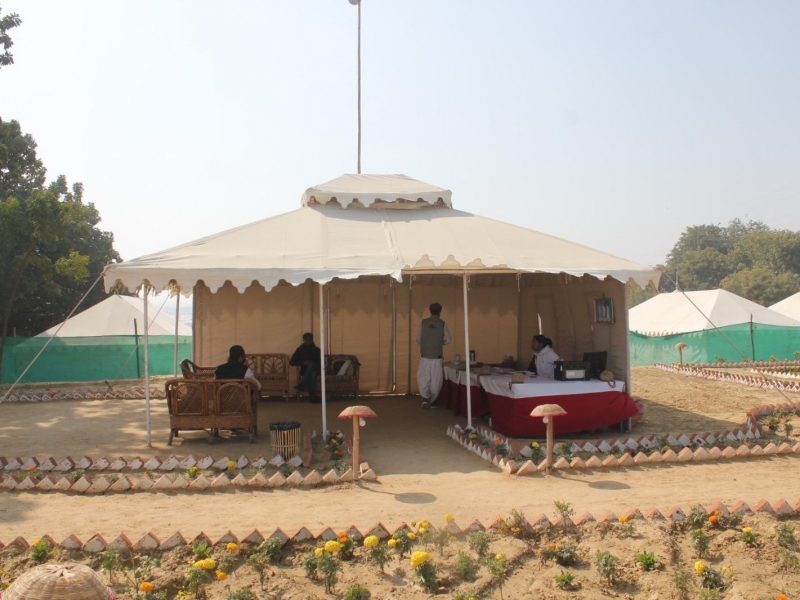
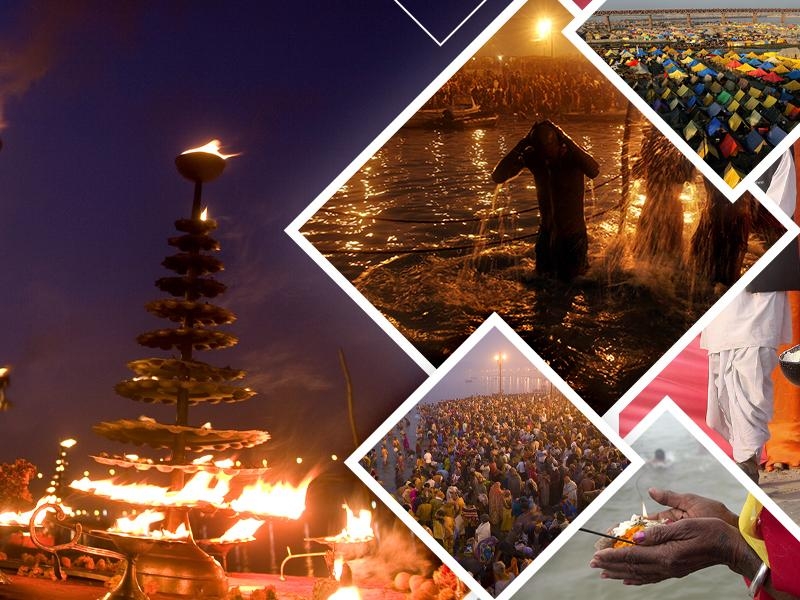
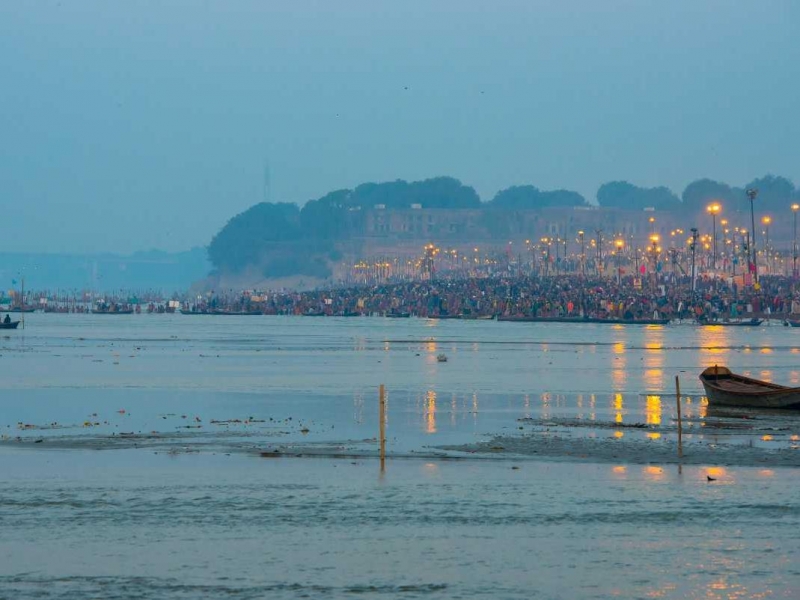
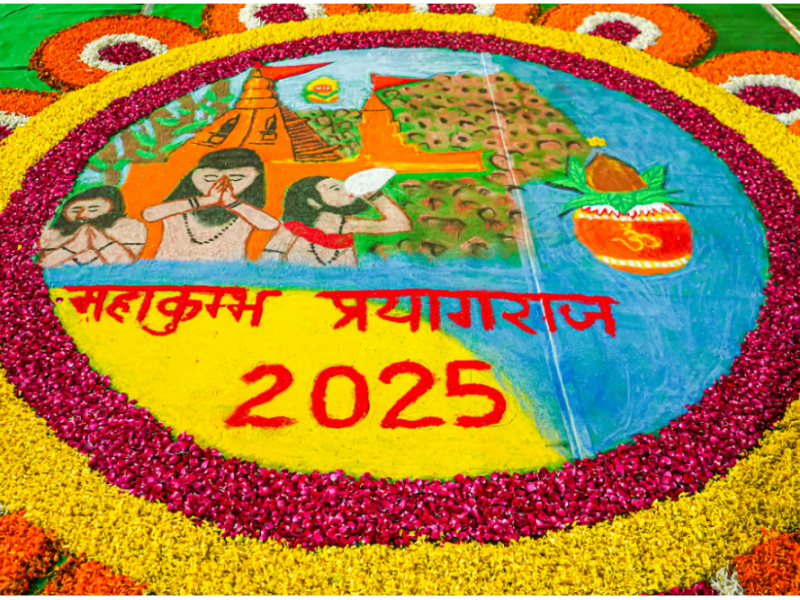

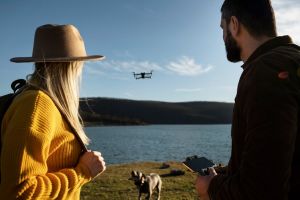
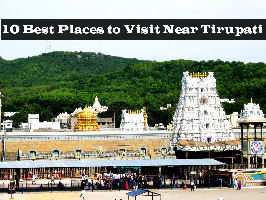
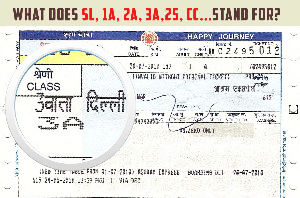





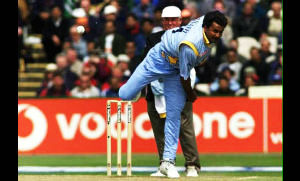

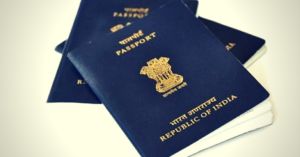




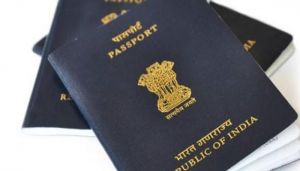
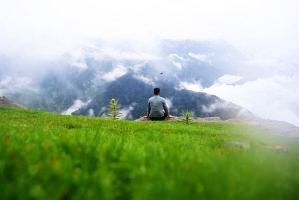
Author Bio